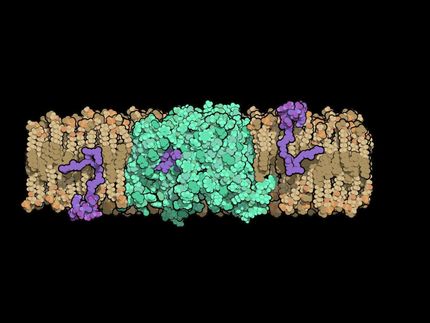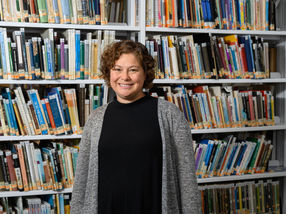Nobel Prize in Chemistry to Peter Agre and Roderick MacKinnon
Advertisement
The Royal Swedish Academy of Sciences has decided to award the Nobel prize in chemistry for 2003 "for discoveries concerning channels in cell membranes", with one half of the prize to
Peter Agre, Johns Hopkins University School of Medicine, Baltimore, USA "for the discovery of water channels"
and one half of the prize to
Roderick MacKinnon, Howard Hughes Medical Institute, The Rockefeller University, New York, USA "for structural and mechanistic studies of ion channels".
Molecular channels let us enter the chemistry of the cell
We human beings consist to about 70% of salt water. This year's Nobel Prize in Chemistry rewards two scientists whose discoveries have clarified how salts (ions) and water are transported out of and into the cells of the body. The discoveries have afforded us a fundamental molecular understanding of how, for example, the kidneys recover water from primary urine and how the electrical signals in our nerve cells are generated and propagated. This is of great importance for our understanding of many diseases of e.g. the kidneys, heart, muscles and nervous system.
That the body's cells must contain specific channels for transporting water was suspected as early as the middle of the nineteenth century. However, it was not until 1988 that Peter Agre succeeded in isolating a membrane protein that, a year or so later, he realised must be the long-sought-after water channel. This decisive discovery opened the door to a whole series of biochemical, physiological and genetic studies of water channels in bacteria, plants and mammals. Today, researchers can follow in detail a water molecule on its way through the cell membrane and understand why only water, not other small molecules or ions, can pass.
The other type of membrane channel which is the subject of this year's Prize is the ion channel. Roderick MacKinnon surprised the whole research community when in 1998 he was able to determine the spatial structure of a potassium channel. Thanks to this contribution we can now "see" ions flowing through channels that can be opened and closed by different cellular signals.
The ion channels are important for, among other things, the function of the nervous system and the muscles. What is called the action potential of nerve cells is generated when an ion channel on the surface of a nerve cell is opened by a chemical signal sent from an adjacent nerve cell, whereupon an electrical pulse is propagated along the surface of the nerve cell through the opening and closing of further ion channels in the course of a few milliseconds.
This year's Prize illustrates how contemporary biochemistry reaches down to the atomic level in its quest to understand the fundamental processes of life.
























































